BIOS
The BIOS is what should set the BH7 apart from the rest of the i845PE motherboards. Let's find out.
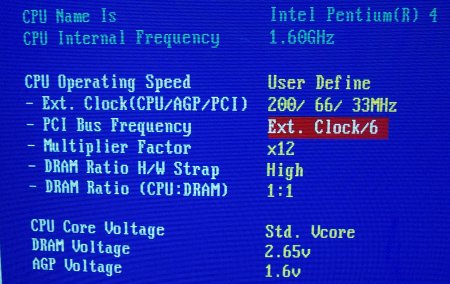
ABIT's SoftMenu undergoes a spring makeover for the BH7. It's similar to the MAX series of boards, but offers far more in the way of flexibility. The FSB can be pushed from 100 - 250FSB in 1MHz increments. The 250FSB upper limit may not be as far out of reach as you may think. The BH7's improved power regulation circuitry allow ABIT to market the board as an 800FSB-capable solution (quad-pumped, of course). This is shown by an increased range of dividers and options.
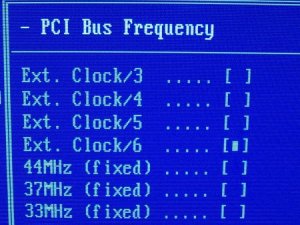
The Ext. Clock/ options set the FSB speed relative to the PCI speed. So, Ext. Clock/4 is perfect for 133FSB CPUs at default (133/4 = ~ 33MHz PCI = default). The Ext/5 and /6 options are new. They allow the motherboard to remain within specifications at 166FSB and 200FSB respectively. You can, of course, choose a fixed PCI speed option. The only trouble is finding a CPU that can run at 200FSB+ right now.
RAM can be set to either synchronous (1:1) or asynchronous to the CPU's FSB (either 4:5 ratio or 3:4 with a little BIOS trick). RAM timings are the usual affair with a CAS latency of 1.5 clocks. I used 2-6-2-2 timings for benchmarking. The amount of voltage that you can pump through your RAM is impressive, as the screenshot below will testify.
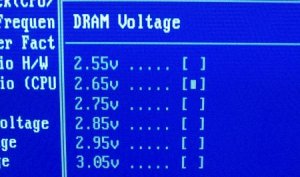
Default voltage is 2.55v, another nod towards the overclocking nature of the BH7. The CPU's voltage adjustment is no less scary.
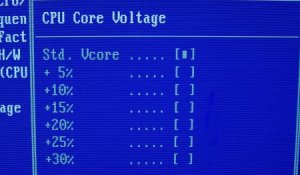
Standard Vcore (between 1.475 - 1.525v, depending upon processor) and all the way up to +30%, which equates to around 2v on a 1.525v default CPU. Play with that voltage at your own risk. I wouldn't advise going above 1.75v on a long-term basis. Even that kind of voltage requires excellent (read noisy) air cooling. I would have preferred the older style allowing lower voltages from 1.1v upwards.
Setting a 3.06GHz 1.525v CPU's voltage to +10% (1.6775v) resulted in a Windows' load voltage of 1.62 - 1.64v. As most motherboards tend to under-volt by up to 0.1v, that's pretty impressive regulation.
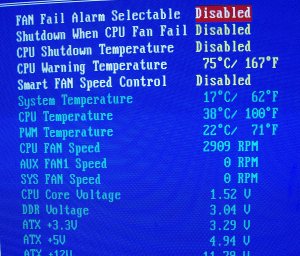
The above picture shows that setting 3.05v for DDR voltage equates to a BIOS load of 3.04v. You actually get what you request. On some motherboards, the DDR voltage simply refuses to go over, say, 2.85v, even if you have a 3v+ setting in BIOS. Again, the above picture shows a 3.06GHz P4 a default voltage.
A scary amount of voltage adjustment, 200FSB support via appropriate dividers, and excellent voltage regulation bring ABIT's BIOSes back to where the standard of old. The recent MAX series of boards have been a little conservative in their BIOS voltage options. The BH7 rectifies that in no uncertain terms.









